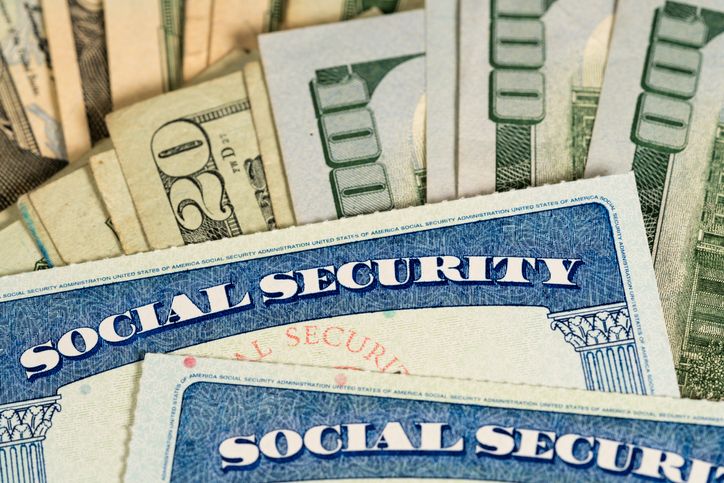The short answer is yes, but perhaps not in the same way it was for your parents or their parents. The 84-year-old program faces some significant challenges, which may affect the timing and amount of payments that you receive.
Social Security 101
One of the U.S. government’s most important social programs, Social Security will provide benefits of over $1 trillion to approximately 64 million Americans in 2019. Indeed, it’s the single largest source of income (around 33 percent) for the majority of elderly citizens, nine out of 10 of whom receive benefits. Twenty-one percent of married couples and nearly half of single recipients (45 percent) count on it for at least 90 percent of their total income in retirement.
The program brings down poverty in every state, particularly among the elderly; 22.1 million more Americans would be considered poor without it; and 39.2 percent of senior citizens would be below the official poverty line. With benefits, that rate drops to 9.2 percent, bringing 15.3 million seniors out of poverty.
Although Social Security provides a significant boost to many Americans, it will not (and was not designed to) make you wealthy or be your main source of income. A safe expectation is to assume it will cover approximately 40 percent of your pre-retirement wages, depending on your previous level of income.
Challenges ahead
Social Security faces some potentially murky waters in the coming years. The total cost of the program is expected to overtake its total income next year, which hasn’t happened since 1982. The trust funds are projected to be completely used up in 2035. This is not to say the program will disappear, but its funding source will shift slightly. This will provide approximately three-quarters of the benefits to which retirees are entitled.
There are a number of causes of this downturn, which include:
- The worker-to-beneficiary ratio has become imbalanced—there are more baby boomers retiring than there are new workers to subsidize them.
- These retirees have higher life expectancies than the system was designed to support.
- Chalk it up to bad spending habits, poor planning, or a lack of trust in the markets, but many of us simply don’t have enough put away for retirement.
If these trends continue without government intervention, not only will seniors see less social security income, but that income will also have less purchasing power, which has seen a 33 percent decline over the last two decades. What would have bought $100 worth of services and goods in 2000 now buys only $67 worth.
Will it be there for me?
As dire as this picture may seem, it remains unlikely that Social Security will go away. But it probably won’t resemble the program your parents and grandparents had.
There are three streams of funding that make up Social Security, and will keep it going for years to come:
- Taxation of benefits. This makes up the smallest portion of the program and relies on taxes paid by recipients who earn more than $25,000 as a single tax filer, or $32,000 as a couple filing jointly.
- Interest on asset reserves. The Social Security Administration (SSA) puts almost all of its assets into special issue bonds. This stream is particularly vulnerable to declining funds and could vanish altogether.
- Payroll tax. This makes up the lion’s share of Social Security funding, and is the main reason it is very unlikely to go bankrupt. If you earned income at or less than $132,900 in 2019, you will pay a 6.2 percent payroll tax. Although this tax alone is not enough to keep the program at its current levels, it maintains a cushion of some level as long as Americans keep working.
Another positive sign is that workers as a whole are getting serious about retirement. Contributions to employer-sponsored accounts are going up and companies are stepping up their programs that teach financial literacy. Those without a workplace program are finding solace in traditional or Roth IRAs.
What you can do
At the end of the day, Social Security is only one team member of a larger squad of resources that make up your retirement savings. It may set you up for that three-pointer with a great bounce pass, but it can’t also take the shot for you.Work toward saving 15 percent of your income. If you’re not meeting your goals, add more to your 401(k) or consider a supplemental IRA.
